Land Rover will this autumn kick off an extremely significant two-year period of consolidation and expansion, following a turbulent 18 months, that will define the brand for the next decade.
A great deal of the activity will relate not just to the launch of four new vehicles but also increased electrification within its line-up. Although the marque’s pure-electric vehicles are still some years away – with sibling brand Jaguar leading the group in this market segment – all new Land Rover models from late 2019 will be offered with the option of mild-hybrid or plug-in hybrid drivetrains, allowing it to leave its diesel difficulties behind.
Perhaps the most important addition during that time will be the all-new Mk5 Range Rover, imagined by Autocar above, which is expected to be unveiled in 2021. The mainstream version of the new flagship will be a plug-in hybrid based on an all-new aluminium platform, dubbed MLA. It has been designed to be much lighter than the current Jaguar Land Rover aluminium architecture, as well as accommodating conventional engines and/or electric drive.
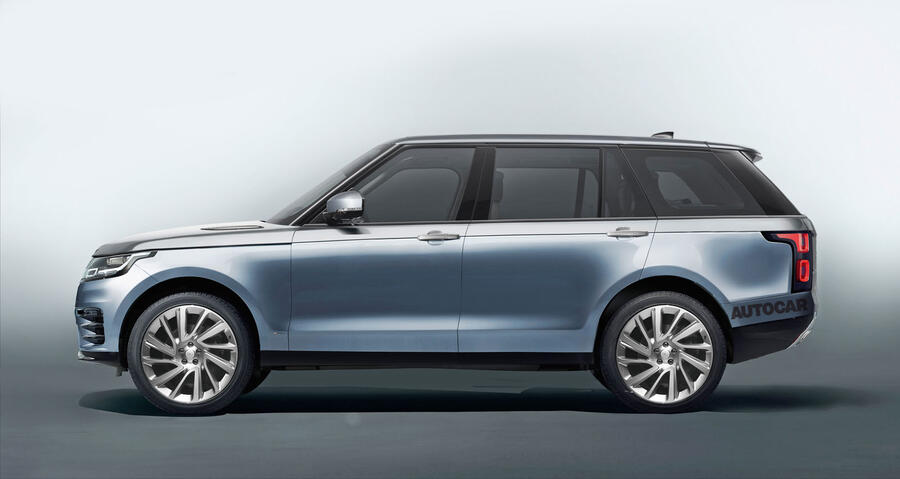
Autocar understands that there will be an all-electric Range Rover 5, but it will be targeted at city users, particularly in east Asia. The vast majority of sales, however, are expected to be of the plug-in hybrid version, which will combine the new straight-six Ingenium engine with twin electric motors – one assisting the front wheels and one driving the rear axle.
Land Rover engineers hope that the combination of the new architecture and downsizing the engine will offset the weight of the battery pack, which will offer around 40 miles of pure-electric driving.
A mild-hybrid Range Rover 5 will use a very similar set-up to the upcoming Range Rover Sport, so expect 300- 400bhp versions of the new straight-six Ingenium engine assisted by both a 48V electric supercharger and a twin-scroll turbocharger. Kinetic energy that would otherwise be wasted is harvested and stored in a small battery that, in turn, powers the engine’s electric supercharger.
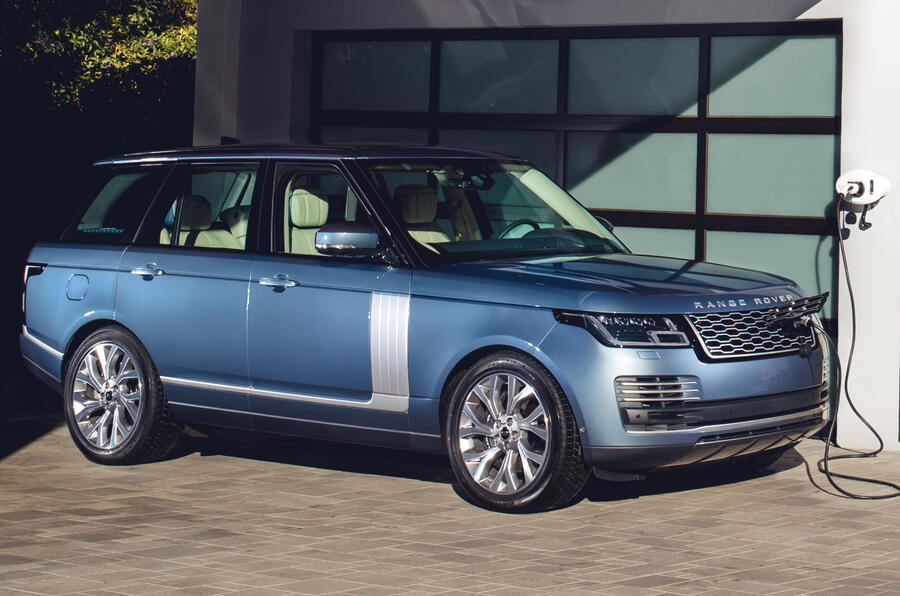

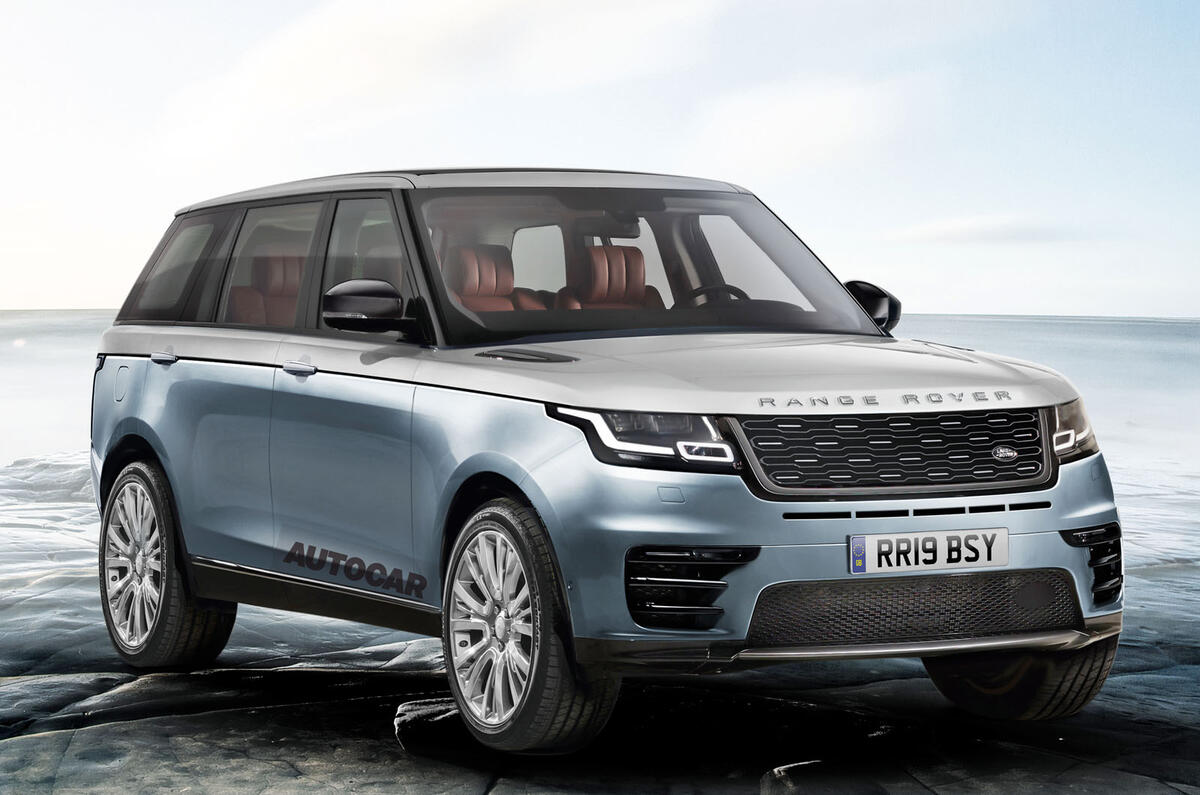
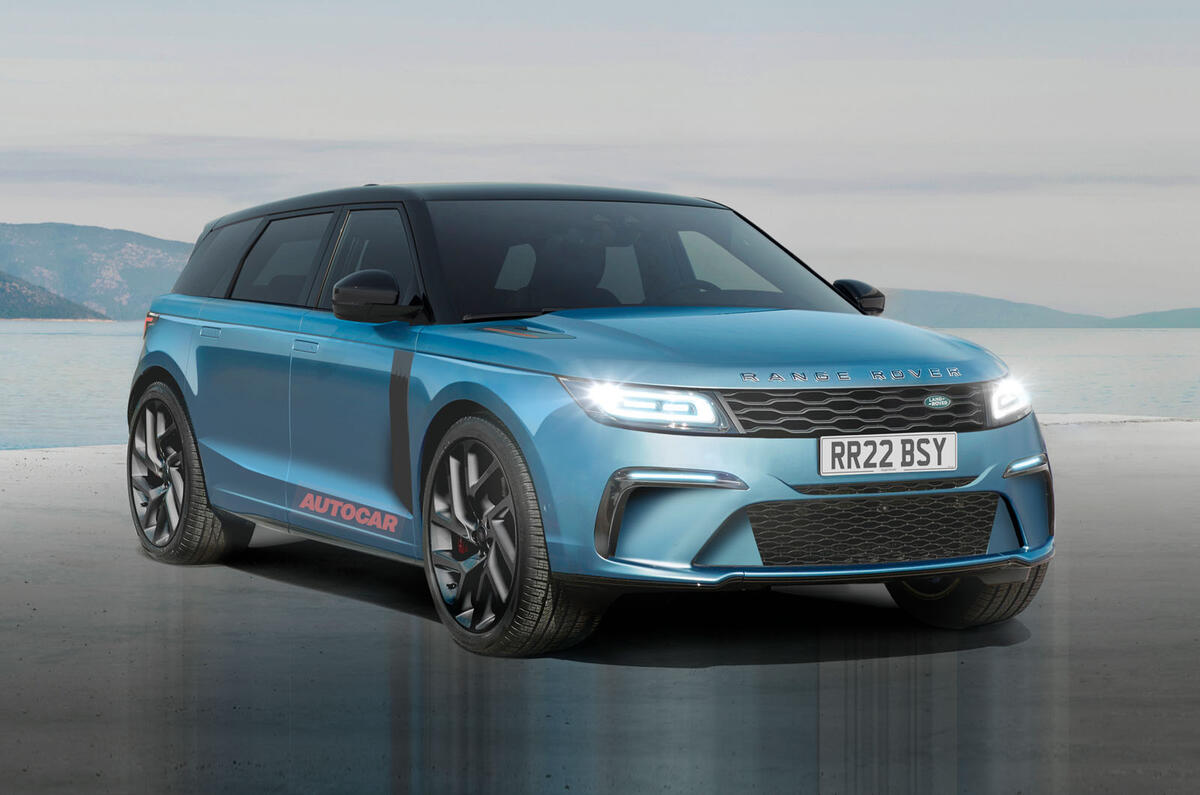

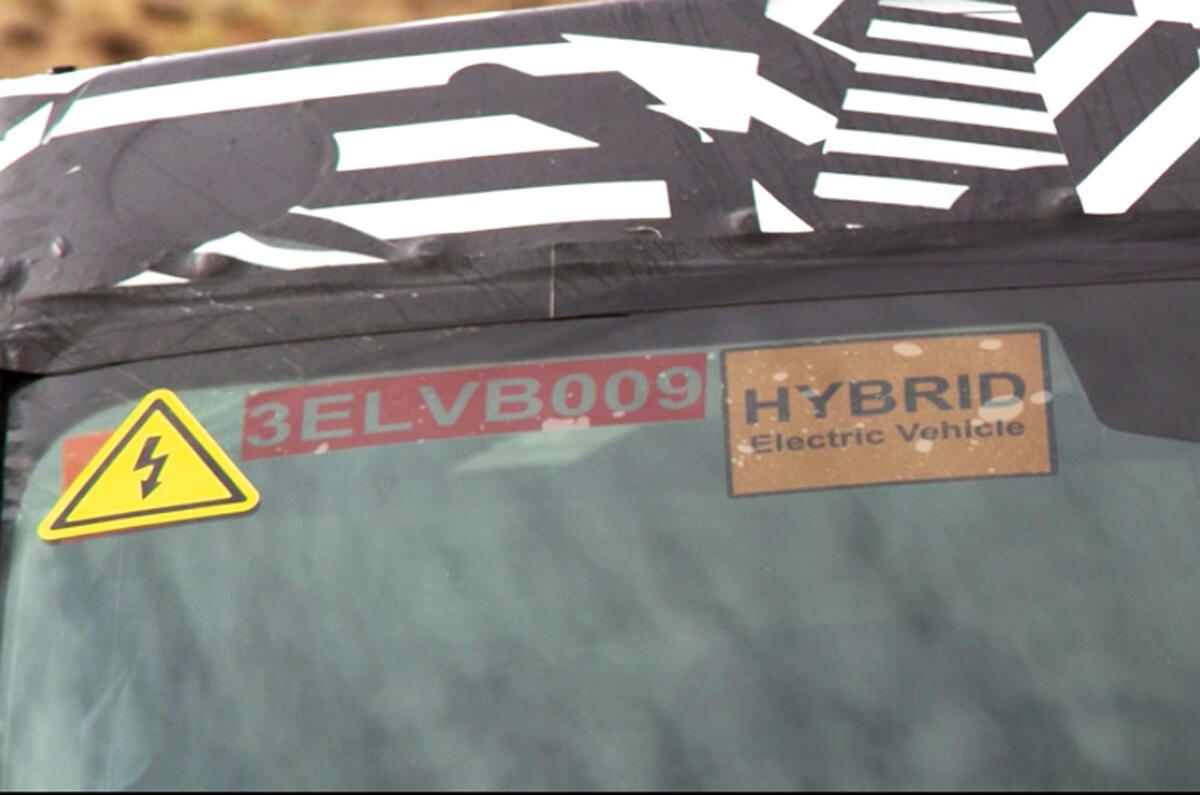

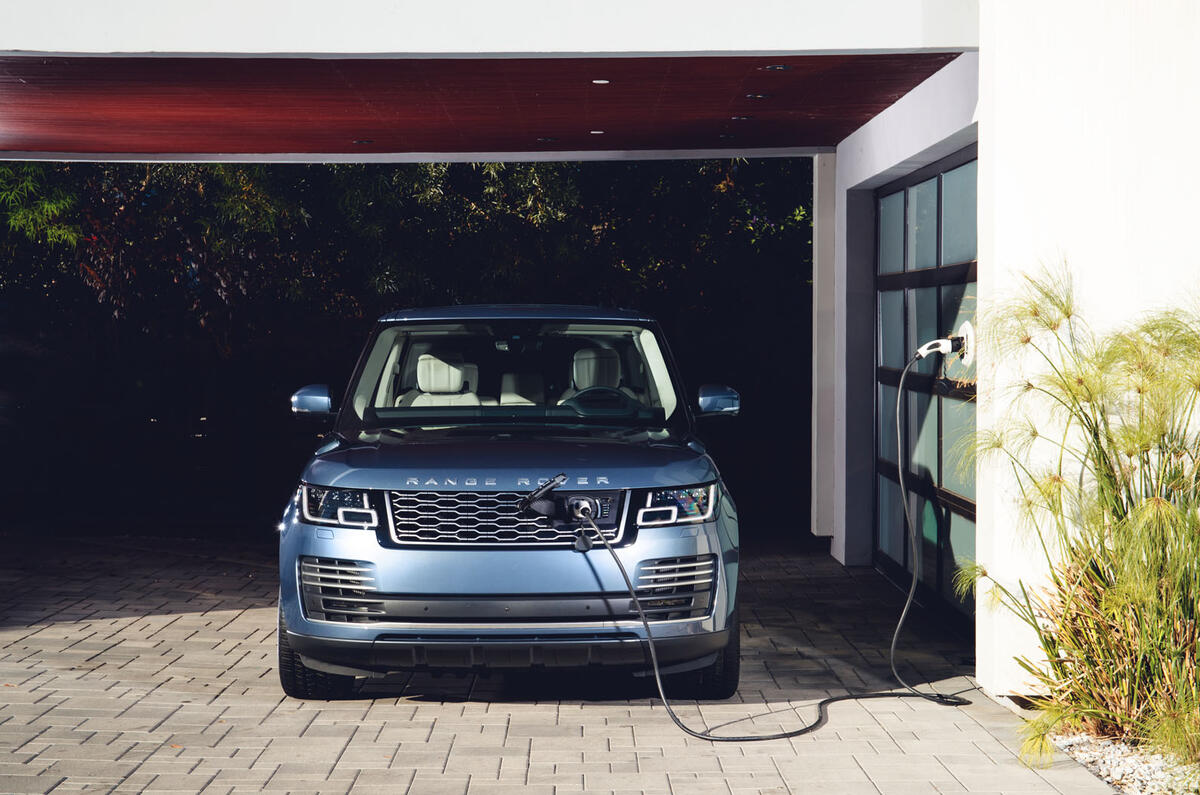
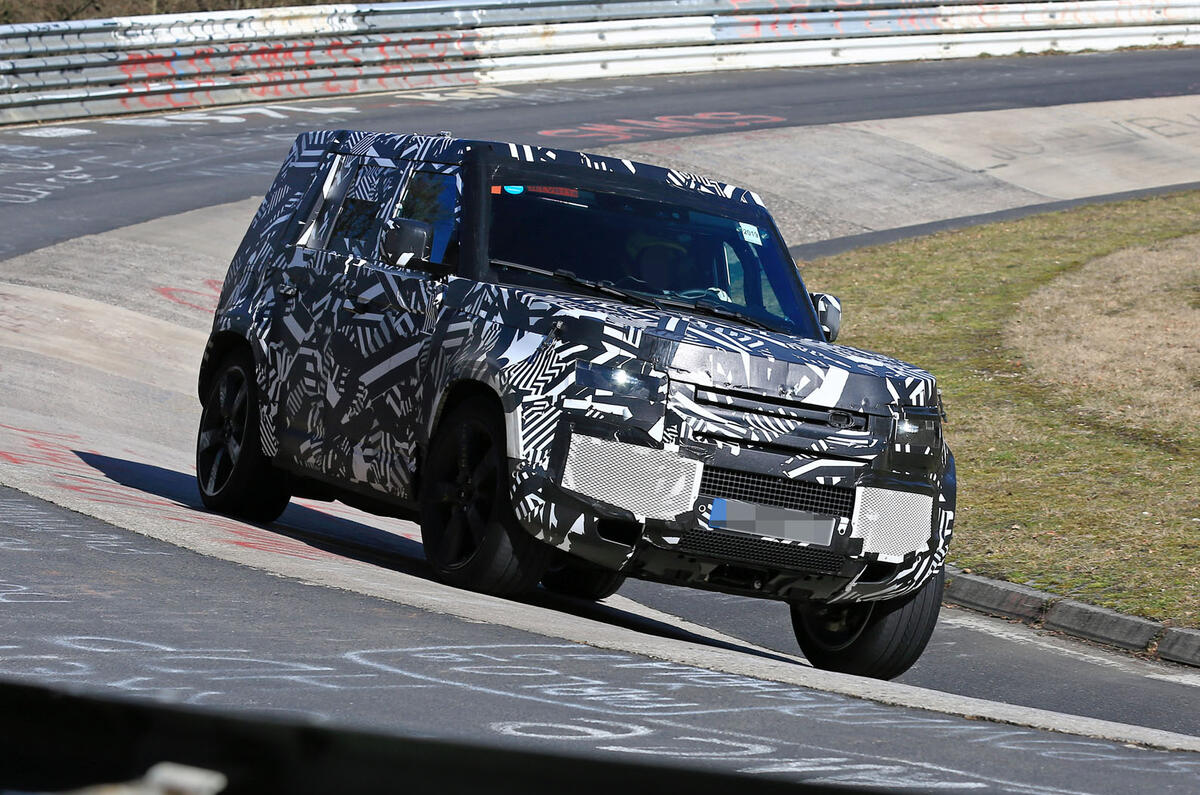
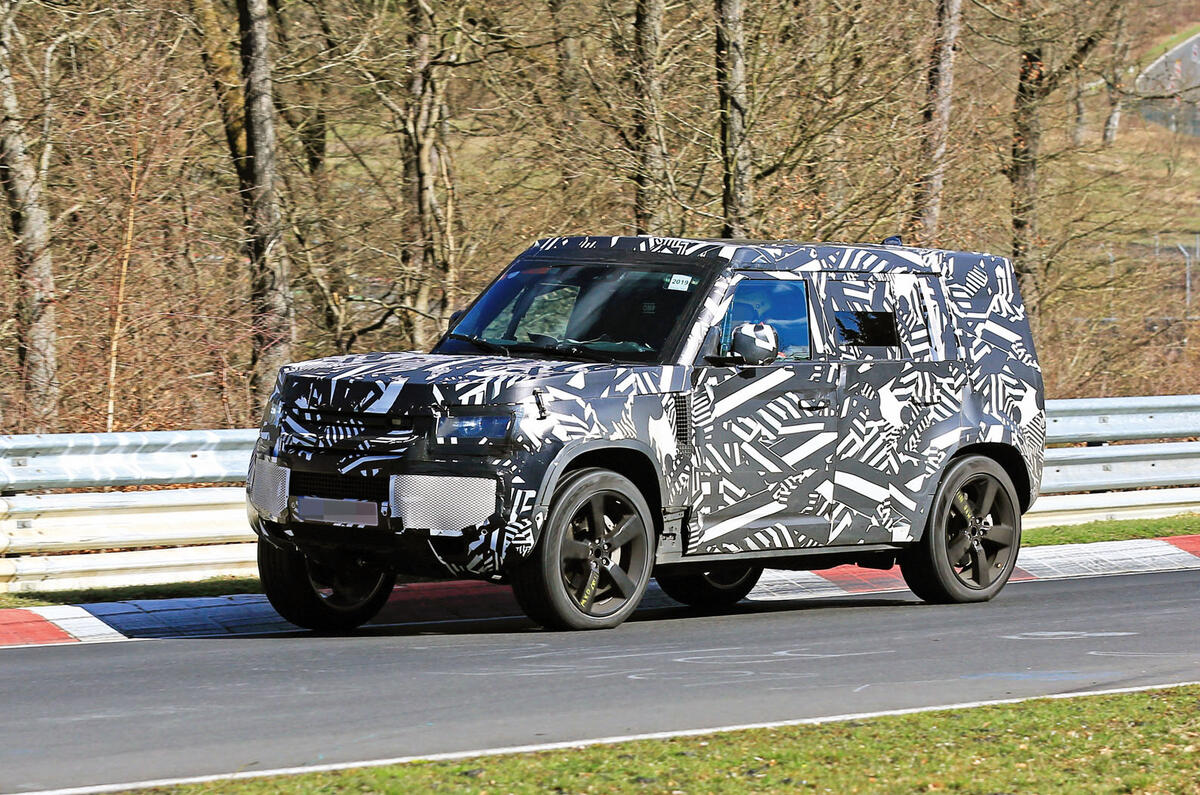
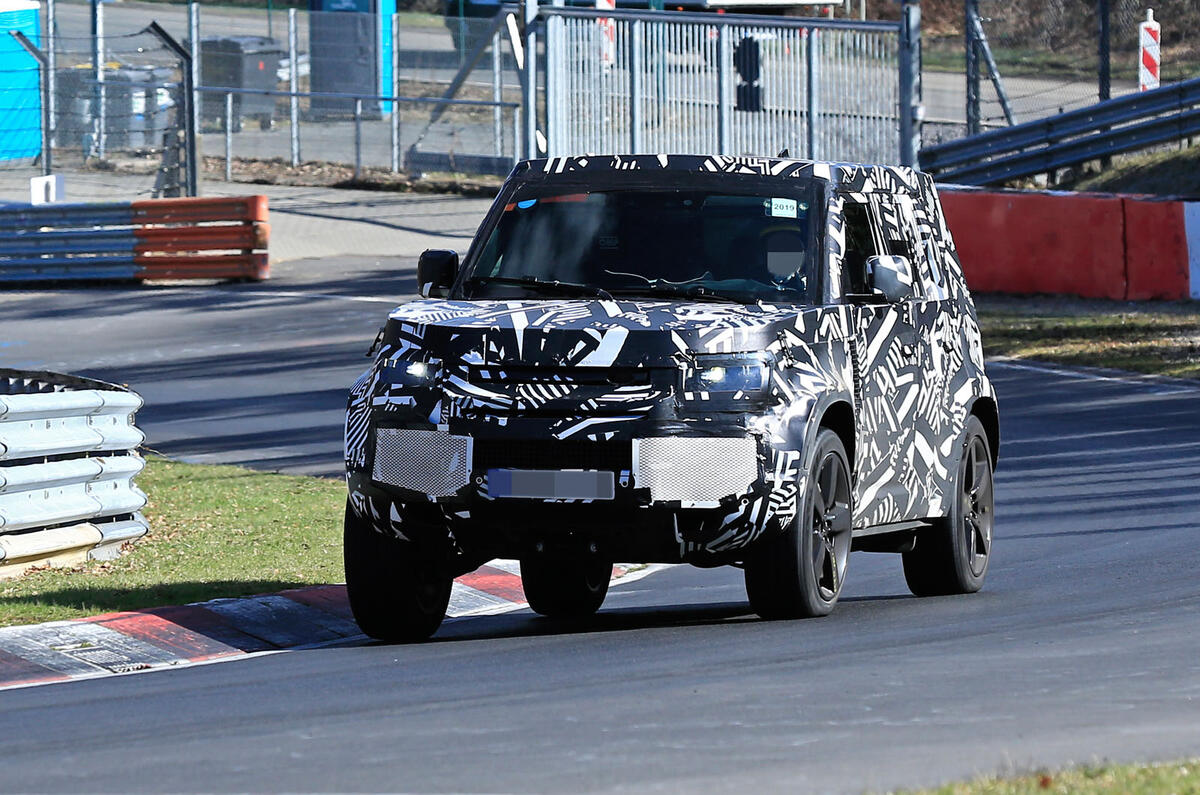
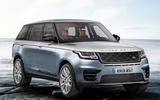
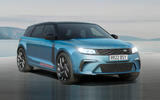


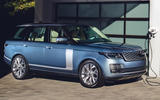
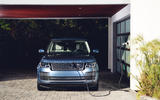
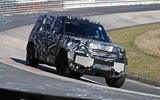
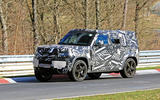
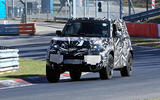

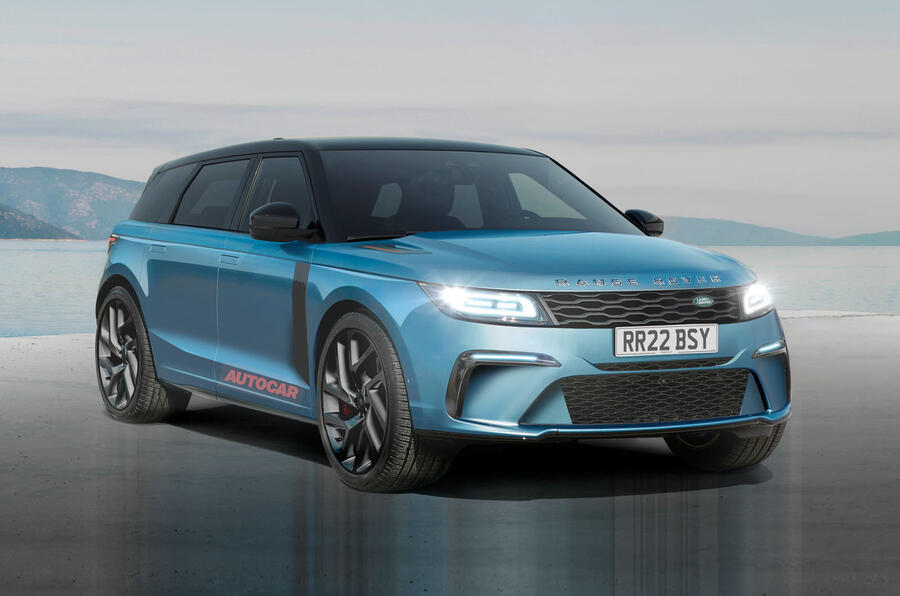
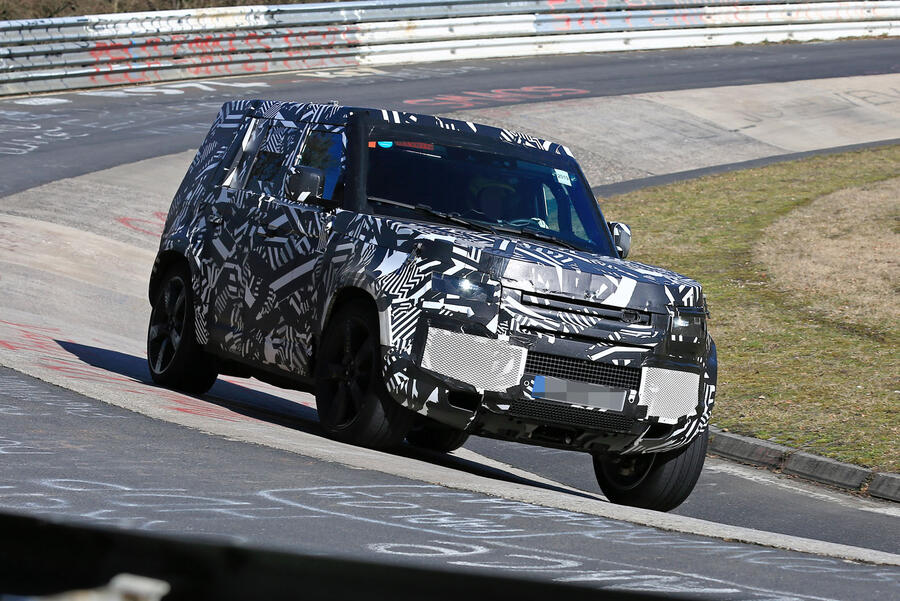

Join the debate
Add your comment
Lifecycles & quality
Another new Range Rover? Used to be a time when very long product life cycles, eg Defender and Mark 1 Range Rover, did wonders for retained residual values and sorting out quality/design issues.
JLR needs to concentrate on bulletproof quality/reliability before penny pinching cost savings.
The hybrid should use a 4
The hybrid should use a 4 cylinder engine, not a 6. Why is LR hving such a problem with EVs ? - makes one, its not hard to build a Land Rover on the same platform.
PHEV
Simply put, for a given weight, the same amount of energy is required to move it - it's just the source of that energy and efficiency of conversion that differs, and that's where the EV wins. It's more efficient at turning energy in to movement (iro 60% compared to 30% for ICE). Just a shame that all that efficiency gain is lost by the difference in storage density between petrol and battery.
The only real solution to the transport dilemma is (unfortunately) more mass-transit, more self-powered transport and fewer miles travelled.
I can see personally owned cars becoming a weekend play-thing, like the way that classic cars are used today
Andy1960 wrote:
Petrol ICEs maybe 30%, diesels are 40%+
typos1 wrote:
Electric motor 90%+